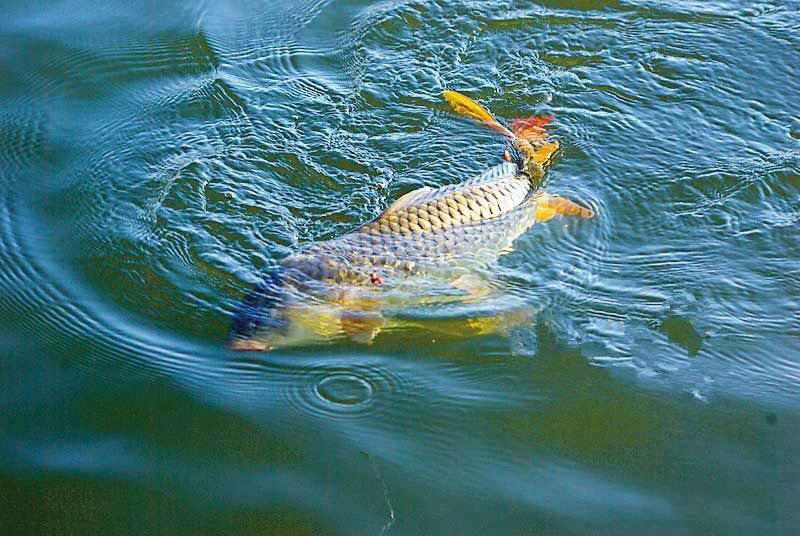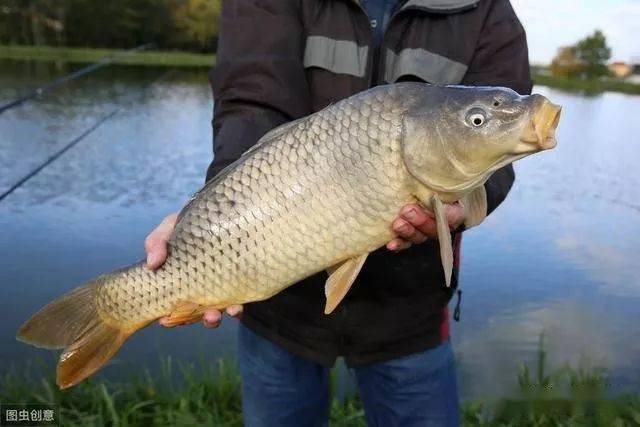carp can be fished all year round, but fall is the best. So now the fishermen can start preparing for the big carp. Here are some tips and experiences on carp fishing.

As the saying goes, if you know yourself and your enemy, you will be victorious in a hundred battles. If you know the habits of fish, you will be good at catching fish. Carp is the most common freshwater fish in my country, and it is also the target fish that most fishing enthusiasts like to catch. Carp are generally larger in size, and they are full of strength after being caught in the fish, which is very enjoyable. Carp are omnivorous fish, prefer meat bait when the weather is cold, and vegetarian bait when the weather is hot. Based on these habits, we came up with the following techniques:
1. The choice of fishing position. Carp like to live and forage in waters with lush aquatic plants. Not only can aquatic plants directly become food for carp, but some small creatures in aquatic plants are also the favorite of carp. Secondly, carp also like to find food by arching mud, so the water with thick humus layer on the bottom is also the area that carp likes.
In addition, carp prefer low-light waters. Therefore, you should pay attention to the selection of fishing positions: when the sun is full, you can choose to fish the middle and lower layers, or under a big tree; when it is cloudy or the sun is not strong, you can choose to fish shallow, and the cloudy weather is low, and the bottom fish will swim to the shallow layer. Come to breathe, then you can start fishing in shallow water; when the sun is not strong before dark, carp have the habit of looking for food in shallow stalls, at this time you can find more grass or narrow places for fishing .

2. The adjustment and drifting of wild carp. First of all, we can start with fishing for carp. If the float moves and does not catch the fish, we must move the float upwards, which is blunt fishing. Fishing for carp is more suitable for dull fishing. It is no problem to adjust four and five, and it can also filter false signals when small fish peck at the bait. Secondly, the vigilance of carp is high. In addition to blunt fishing, the length of the sub-line should be longer, preferably about 20 cm, which can effectively reduce the vigilance of carp.

3. The choice of bait. Pay attention to the taste of the bait. It is easy to attract small fish with a strong fishy smell, so it is better to choose a lighter one. The carp will turn to the plain bait as the temperature rises. This should be kept in mind. At the same time, pay attention to the atomization effect of the bait. The purpose of nesting is to attract nearby fish, so the viscosity of the bait should be controlled. The higher the viscosity, the atomization time will be affected. In addition, tender corn is very attractive to carp, and it is good for nesting and direct hook fishing.

4. The floating action of carp when eating bait. When the carp eats the bait, the more classic floating action is to float slightly at the top, then make a mouthful, or directly float. This is because carp are cautious by nature, and sometimes they will repeatedly try to eat the bait, that is, they repeatedly swallow the bait. Raise the rod after the actual operation, and at the same time, pay attention to the strength of the rod, so as not to disturb other carp in the nest because of the strength.